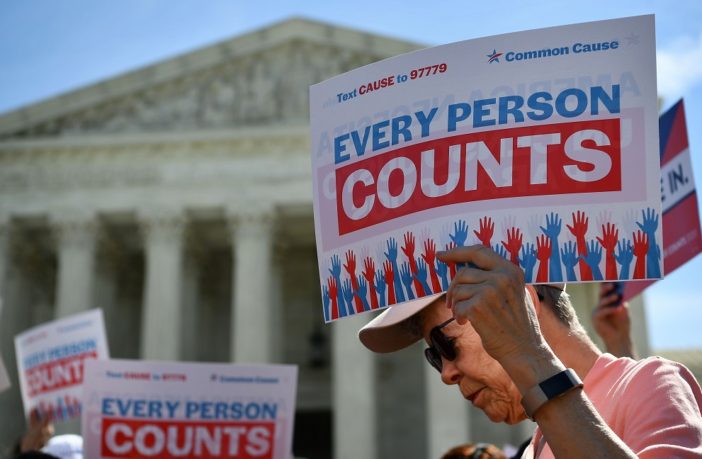In an effort to bring a more comprehensive look to the U.S. census, some changes are being made that will directly impact the Latinx and Hispanic communities.
Since 1997, the census has presented the question of race and ethnicity as two separate questions. The first question asked the census taker if they were Hispanic or Latino, and the second question provided a limited list of options for choosing the identity that best describes them. As of late March, the census will now only include one question regarding race and ethnicity and allow participants to go into detail about their background. This will ultimately expand the list of regions to choose from and replace the “other” checkbox category with a write-in option.
Census takers now have the option to check separate boxes for Hispanic or Latino and utilize the subcategories to go deeper into the details of their ethnic background. Subcategories on the census will include Mexican, Puerto Rican, Guatemalan, Dominican, Cuban and more.
These updates will not only be more inclusive but will allow the Census Bureau to have a more accurate grasp on the ethnic makeup of the country’s population and adhere to the needs of these communities accordingly.
“These updated standards are going to help us create more useful, accurate and up-to-date federal data on race and ethnicity,” an official with the Office of Management and Budget told the press. “And these revisions will enhance our ability to compare information and data across federal agencies and also understand again how our federal programs are serving a diverse America.”
The new standards came into play after the results of the 2020 census were released, and a large percentage of people identified as “other,” especially amongst the Hispanic, Latinx, Middle Eastern and North African populations. Studies also showed that the former two-question format had a long history of being confusing for census takers and resulted in less accurate results. The new format, which will additionally include options to identify as Middle Eastern or North African instead of white or other, is suspected to ease the inaccuracies and confusion.
The updated census went live in late March and requires agencies to devise a compliance plan in the next 18 months. Agencies will have up to five years to enact these plans, but many predict that agencies will have these requirements in motion much sooner.
View more articles for the Hispanic Community here.



